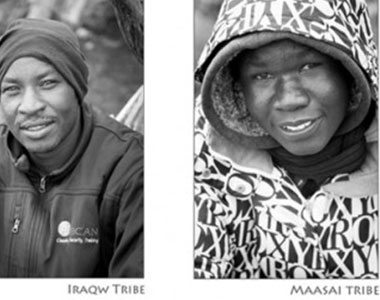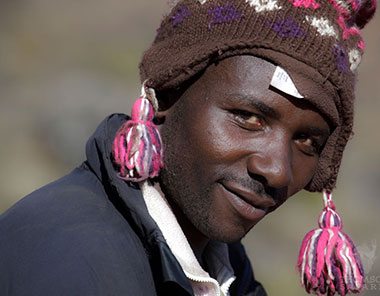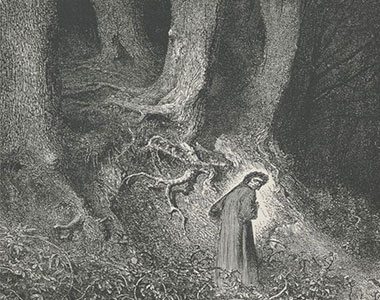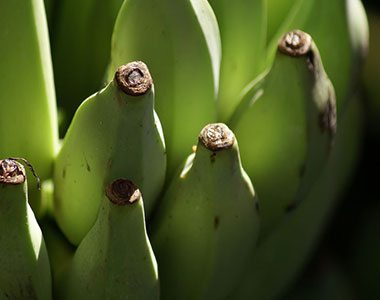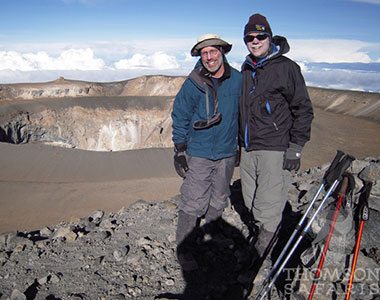Only ice and volcanic rock are found in Kilimanjaro’s Ashpit. Somewhere past the snowline of Kilimanjaro, deep inside a mysterious, hidden crater, a massive elephant graveyard lays tucked away amid the snowdrifts. Countless tons of elephant remains and ivory stretch across the crater floor, if you believe the legends of Kilimanjaro’s Chagga people. When…
If you look at Kilimanjaro’s history, one culture stands out as being intimately tied to the mountain: the Chagga. But the Chagga didn’t live around the foothills of Kili in isolation, and in fact, for several centuries, they weren’t a unified culture at all. Much like their neighbors (and longtime adversaries) the Maasai, the Chagga…
Ancient knowledge of the world was spotty at best, and often based on many-times-removed hearsay. Historians and geographers often relied on muddled accounts, mythical tales that somehow made their way across the oceans, and when that failed them, their own imaginations. Some mix of the above produced the first tales of the “Mountains of the Moon,” fabled snow-capped peaks in East Africa that were thought to be the source of the Nile River.
We often talk about how the Chagga people have traditionally lived on and around the slopes of Kilimanjaro. But they haven’t always lived there; according to their own oral traditions, their people either sought out, or were driven towards, the fertile slopes of Kilimanjaro around 1500 AD, where they’ve remained ever since.
We often talk about Kilimanjaro as though it’s a single mountain, but in fact, it’s made up of three separate volcanic cones. And when we say separate, we mean separate—the summits of Kibo and Mawenzi are around 7.5 miles apart! As for so many of the mountain’s most recognizable features (like Mawenzi’s jagged top), the Chagga people have a folktale that explains why the two peaks are separated.
As far back as you can go, cultures around the world have traditionally believed in some sort of life after death. Often, there are two possible ends, and where you wind up is determined by your actions on Earth. The Greeks imagined the souls of their heroes enduring forever in the paradisiacal Elysian Fields, while…
Chickpea fritters are one of our trekkers’ favorite dishes Photo: Thomson Safaris staffer, Amy Czarnecki There’s one very obvious “high-point” of any Kilimanjaro trek (here’s a hint, it starts with a “U” and ends with “huru Peak”), but many of our guests rave about another experience on the mountain: the food! We got in touch with…
For years, the Chagga have called Kilimanjaro home, and one of their staple crops has always been bananas. In this hearty stew, they play a starring role; give it a try in your own kitchen—it will be like a taste of the mountain’s history at home!
Many trekkers know of Kilimanjaro’s fiery past; the three peaks—Shira, Mawenzi, and Kibo—were once all active volcanoes. Over thousands upon thousands of years, they erupted continually, building the mountain ever-higher, until one by one they went extinct: first Shira sputtered out, then Mawenzi. Kibo, ever the overachiever of the bunch, decided to keep its options more open; the tallest of Kili’s peaks is considered dormant, but not dead.
Hans Meyer is a name most Kili trekkers recognize; the first man to officially summit Kilimanjaro, in 1889, he long ago secured his place in the history books. It’s rare to talk about trekking Kilimanjaro in any depth without mentioning Meyer’s famous ascent.








